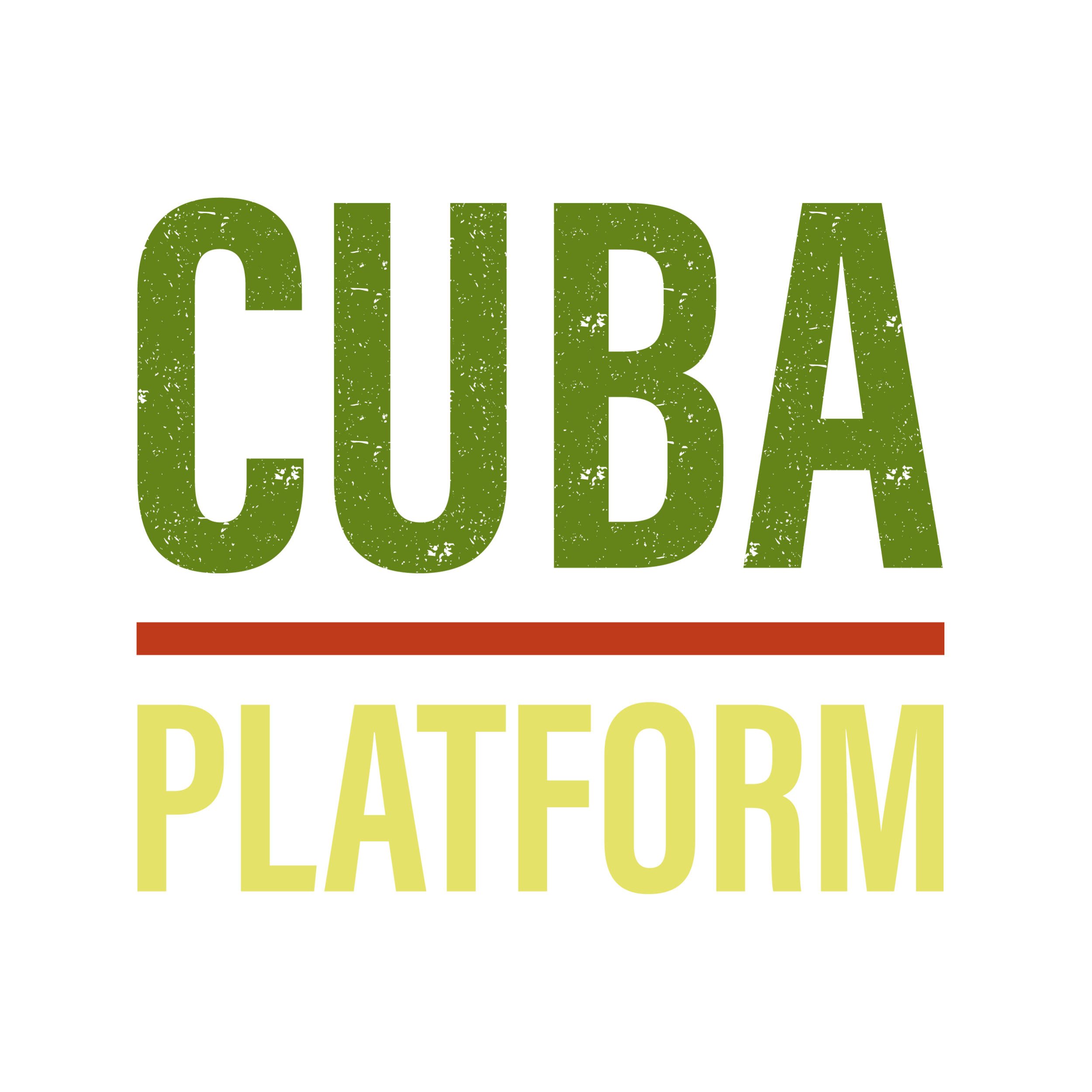Caring in Crisis: New Innovations
Photograph by Riley MacLean and Annemie Tonken
June 26, 2020
Dear Friends and Colleagues,
Several weeks ago, we began a three-part series on new and old innovations and resources that Cuba has drawn from to successfully contain Covid-19 and mitigate its impacts. On May 22, we looked at resources from the revolution, on May 29th we looked at lessons on crisis response that emerged during the Special Period, and today – following a pause to share words of support from Cubans for the Movement for Black Lives – we return for a look at the new innovations coming out of Cuba. But first, a round-up of COVID-19 news and numbers.
Take Care – Sarah, Justine, Mariakarla
The Latest Numbers and News
The numbers continue to reflect containment (if not eradication) of the virus on the island; only four new cases (for a total of 58 active cases) and no deaths for the eighth consecutive day were reported today; and authorities predict that Havana, which is the only province that has not yet moved into phase one of recovery, could begin the de-escalation of restrictions in the next 15 days. Authorities report that Cuban prisons have been kept free of coronavirus as a result of special measures adopted in the face of pandemic, including the release of inmates over 60 years of age, pregnant women, and others as a “human and flexibility gesture.” Recent media coverage reports that specialists from the National Group of Genetics are carrying out a study on genetic factors that may predispose people to acquire and develop symptoms of COVID-19.
In news on international relations, diplomatic sources report that the Paris Club has offered Cuba a moratorium on payments of debts contracted with that group’s member countries. In Germany, over 60 well-known German personalities have signed a petition to their government "for the end of the US blockade against Cuba" and the continuity of German development cooperation with the island. Cuba was also acknowledged in a recent UNESCO report(which found that 40% of the poorest countries did not provide support to disadvantaged learners during COVID-19) for using positive, innovative approaches to transition towards inclusion in education.
New Cuban Innovations in the Era of COVID-19
Biotechnology
Part of Cuba’s success in containing coronavirus and limiting mortality lies in the fact that the country has channeled all of the resources it can toward the treatment of the sick; many of these resources come from the Cuban biotech field. BioCubaFarma, the state-owned umbrella corporation for Cuba’s pharmaceutical and biotech industry and research institutes, is working on 15 projects for COVID–19: 6 treatments, 6 related to prevention in at-risk groups, 2 diagnostics, and 1 medical device. As Eulogio Pimentel, general director of Havana’s Center for Genetic Engineering and Biotechnology (CIGB) explained: “What we have done during the pandemic is the consequence of many years of work, it is the result of a macro design, not of a scientist or of a single entity, but of how to build an industry that was supposedly closed to countries like Cuba. However, in Cuba a whole process was masterfully designed since the 1980s, which includes an important group of scientific institutions and that has allowed us to get to where we are today.”
The Cuban treatment protocol for COVID-19 patients includes 22 drugs, most produced domestically, and the focus is on prevention, with measures to improve innate immunity, including with the use of Cuba’s anti-viral drug Heberon, an interferon Alfa 2b human recombinant (IFNrec), early on. By early May, Cuban scientists had also adapted SUMA, a Cuban computerized diagnostic system to rapidly detect antibodies for COVID-19, allowing for mass testing at low cost. Currently, a vaccine and several drugs to ensure that patients who overcome the disease do so without traumatic repercussions are being evaluated. There is also a research protocol led by the Institute of Hematology and Immunology that uses stem cell transplants to treat patients with lung damage, and 13 different strategies for the development of prophylactic vaccines are currently active in Cuba.
The Response of Small Business
With the spread of the pandemic and the closing of all non-essential businesses, the small business sector – as in other countries around the world - has been hit hard. Some cuentapropistas (self-employed small business entrepreneurs) have found creative ways to stay afloat while also contributing to public efforts to support local communities and help the most vulnerable. Perfumer Clara Camalleri has stopped her production of artisanal perfumes to make disinfectant hand gel, which she donated to an elementary school in her neighborhood, before it closed its doors, and since then to work centers and employees of the Cultural Assets Fund (FCBC), who continue to work from their offices. Dador, a Cuban fashion brand, is putting its sewing machines to a different task making colorful face masks, hundreds of which have been donated to elderly citizens. Many restaurants and cafeterias are joining forces to feed the elderly, including Juanky’s Pan, which is providing two sandwiches and two juices to the elderly living alone in the neighborhood of Marianao.
“Tele-trabajo” and New Use of Online Media
Not so many years ago, it was difficult to keep up with Cuba from the outside, and most news and information was passed directly from person to person or via in-person gatherings. It has been amazing to see the recent explosion in news, analysis, reflection, and media coming from across Cuban organizations, institutes, and individuals through platforms including the usual social media sites, plus several independent Cuban on-line magazines and news sources. Cuban organizations have also leveraged social media for public campaigns that have become even more important during COVID-19: Evoluciona, the "Cuban Campaign for Non-Violence against Women and Girls", has paused in person work, but continues to campaign via social networks and through email consultations (consejeriaoar@gmail.com, ivon. et@oar.co.cu). The independent online platform YoSíTeCreo in Cuba is also providing psychological and legal support to victims of domestic violence via email (yositecreoCuba@gmail.com) and Facebook, and has just launched a telephone counseling line (55818918). The Red Barrial Afrodescendiente (“Afrodescendant Neighborhood Network”), a large network of Black popular educators, activists, artists, and workers across the island, has also used Facebook to stay in touch during quarantine and connect with transnational mutual aid efforts.
A New Look at the Future of Cuba’s Economy
In recent weeks, the economic debate over Cuba's future has intensified in institutional and non-institutional spaces across the island. A recent dossier published by OnCuba features leading Cuban women economists who are taking an active role in re-imagining the island’s economy, while pushing for a focus on inequalities, regulation of labor rights in the non-state sector, and the gender gap. We will look closer at Cuba’s economic crisis and the debates surrounding it in future weeks.




